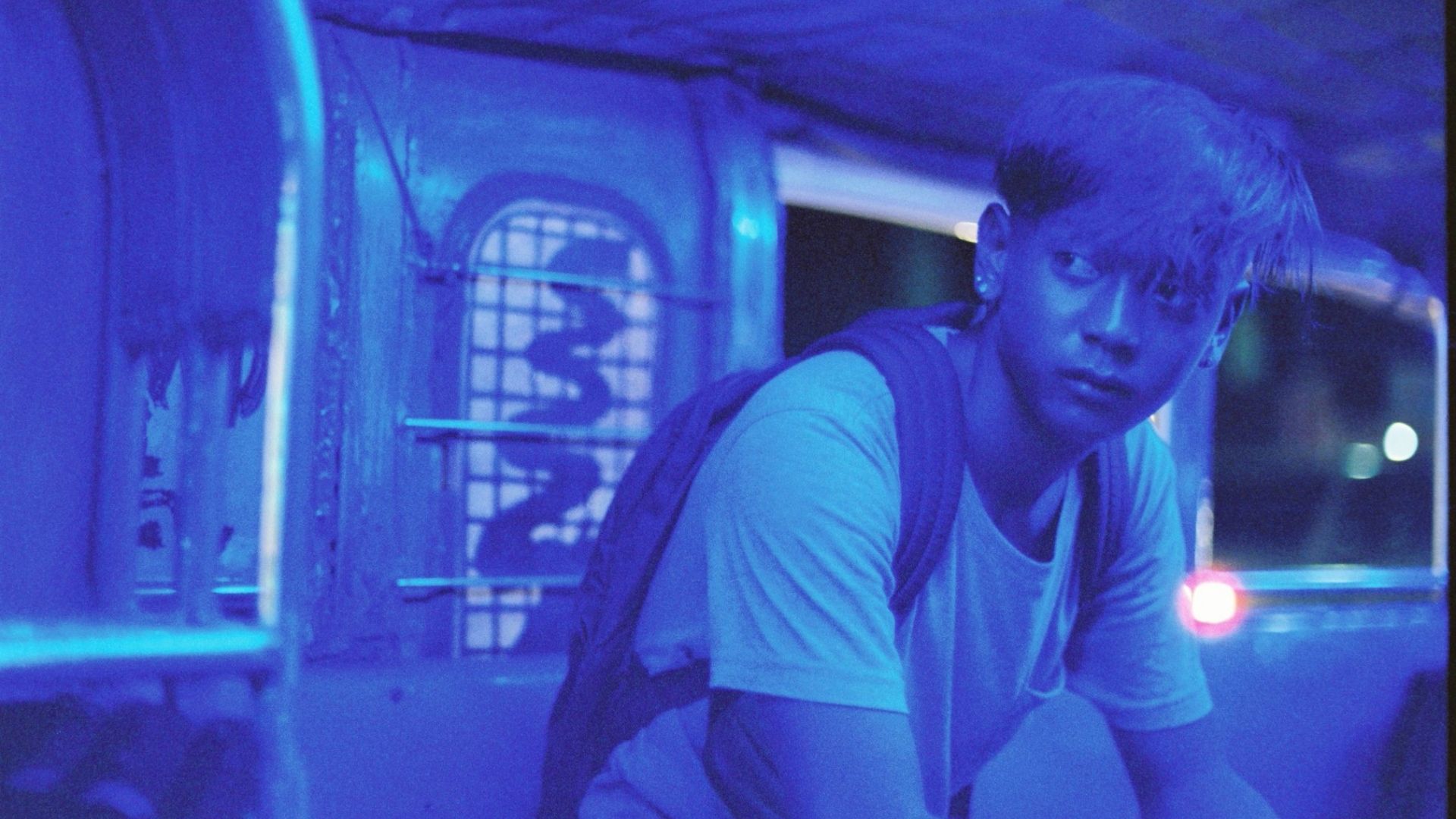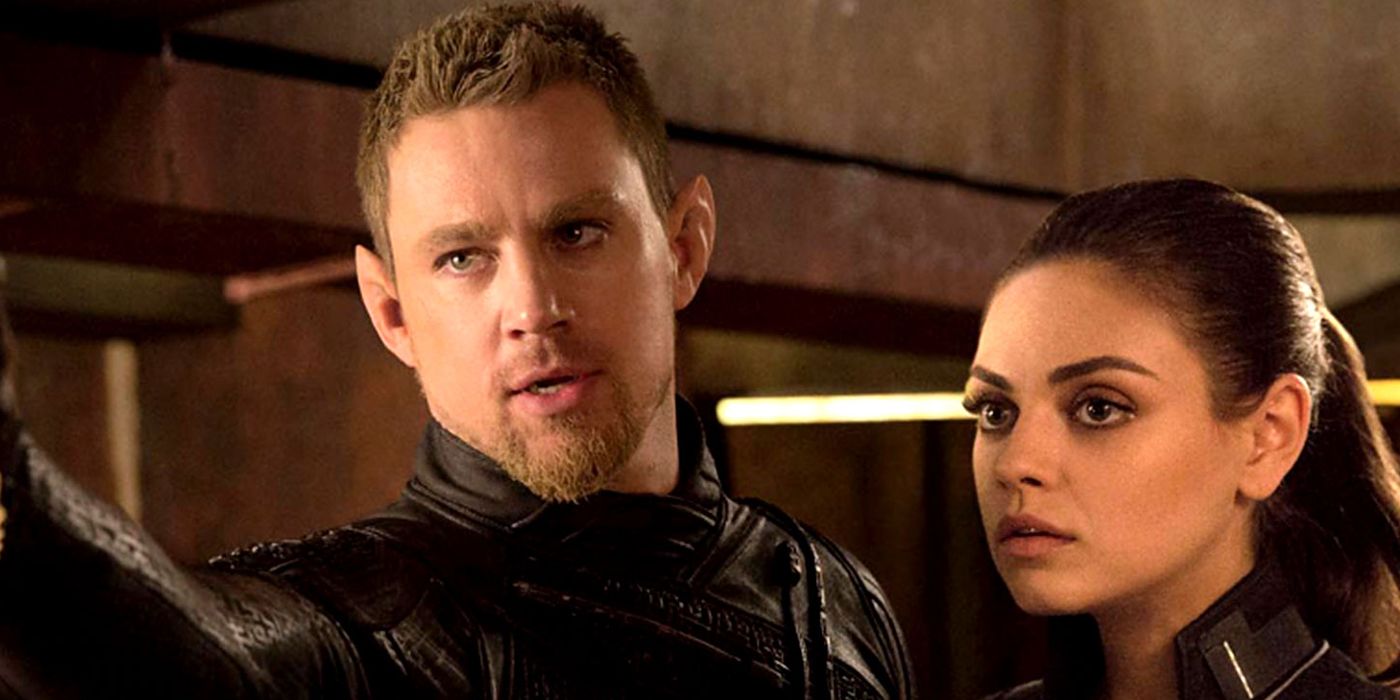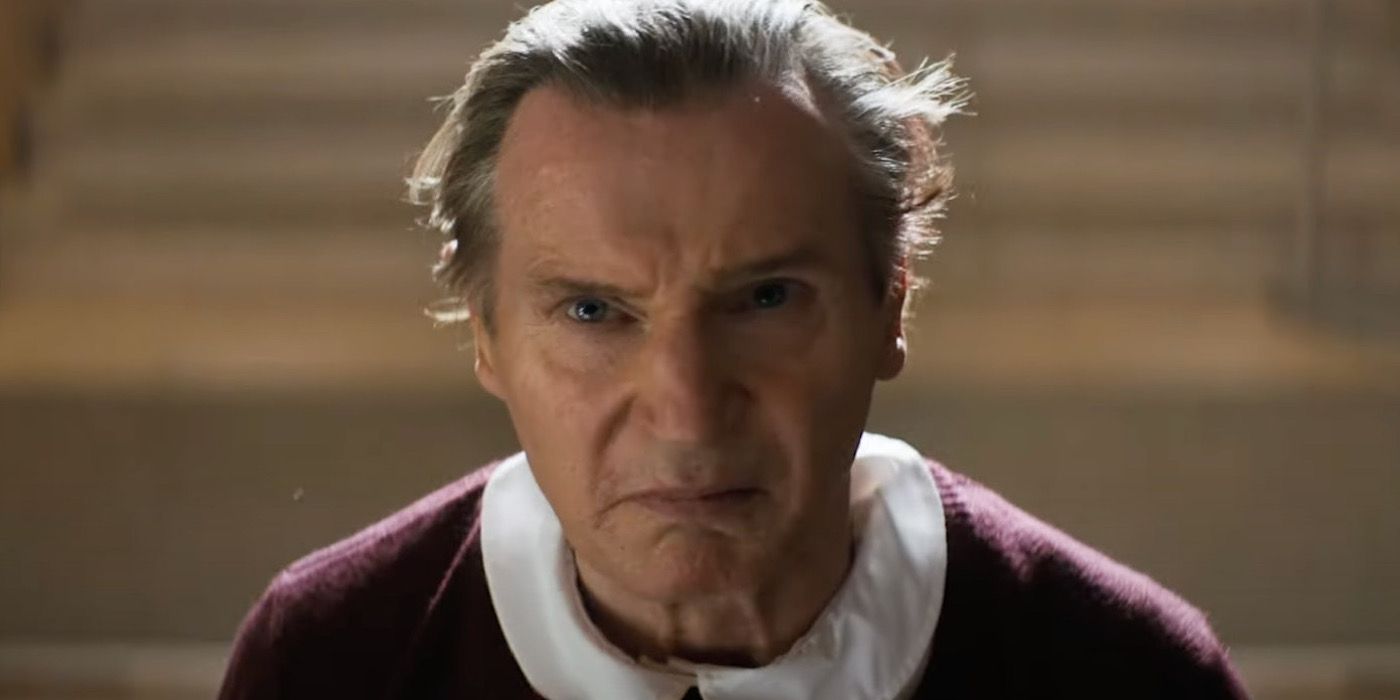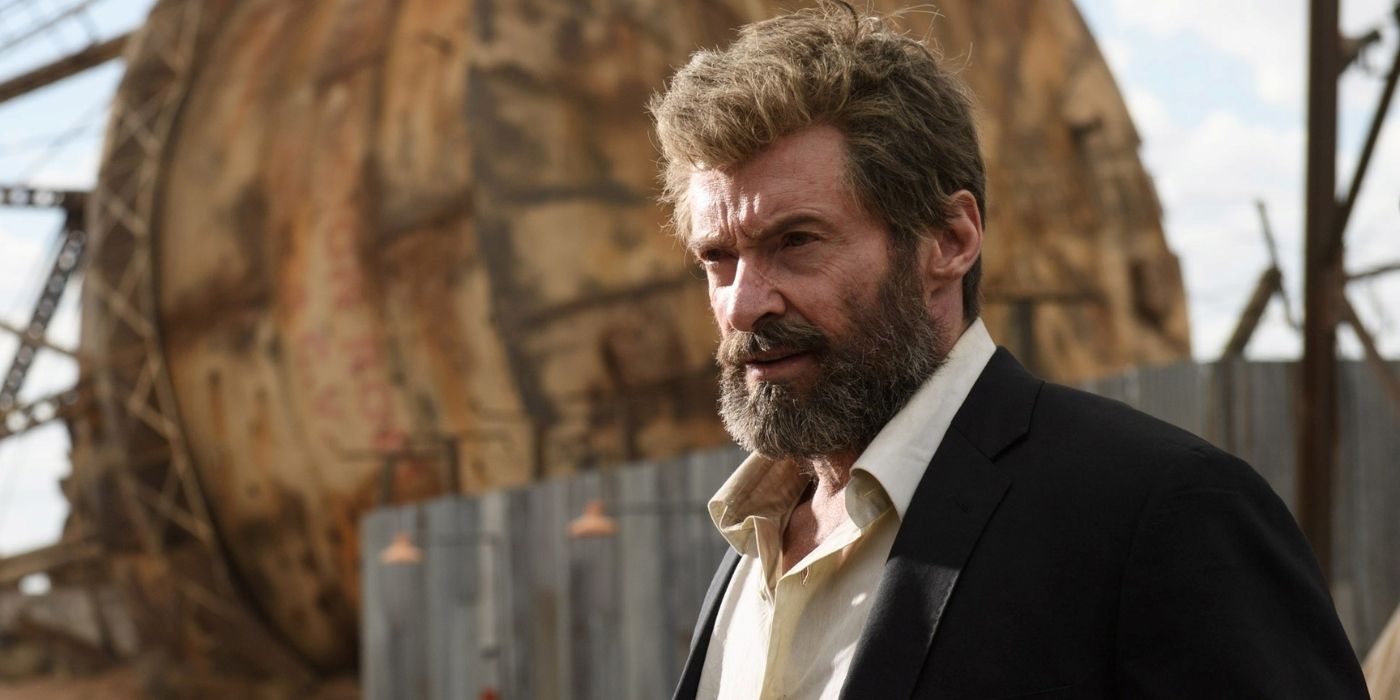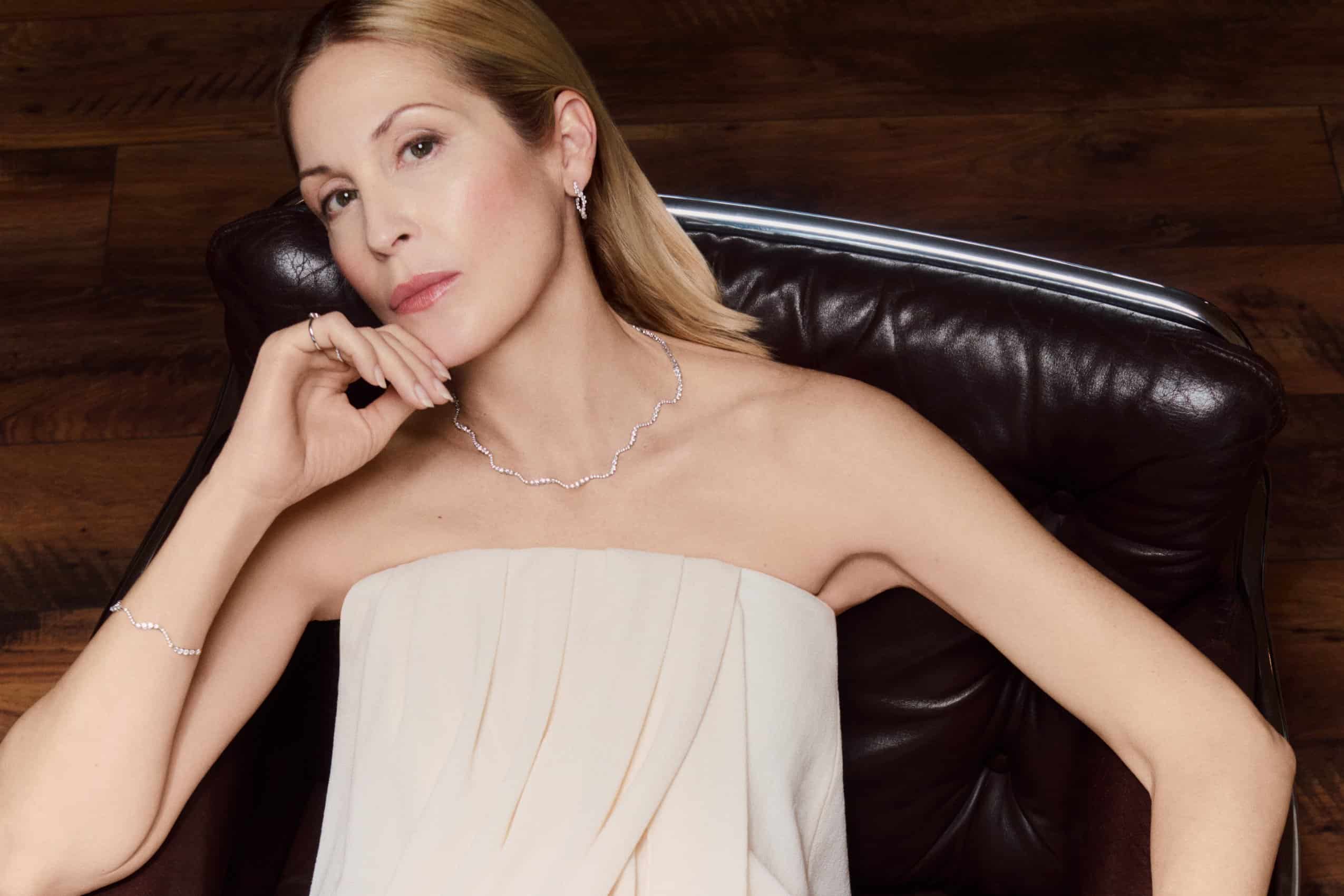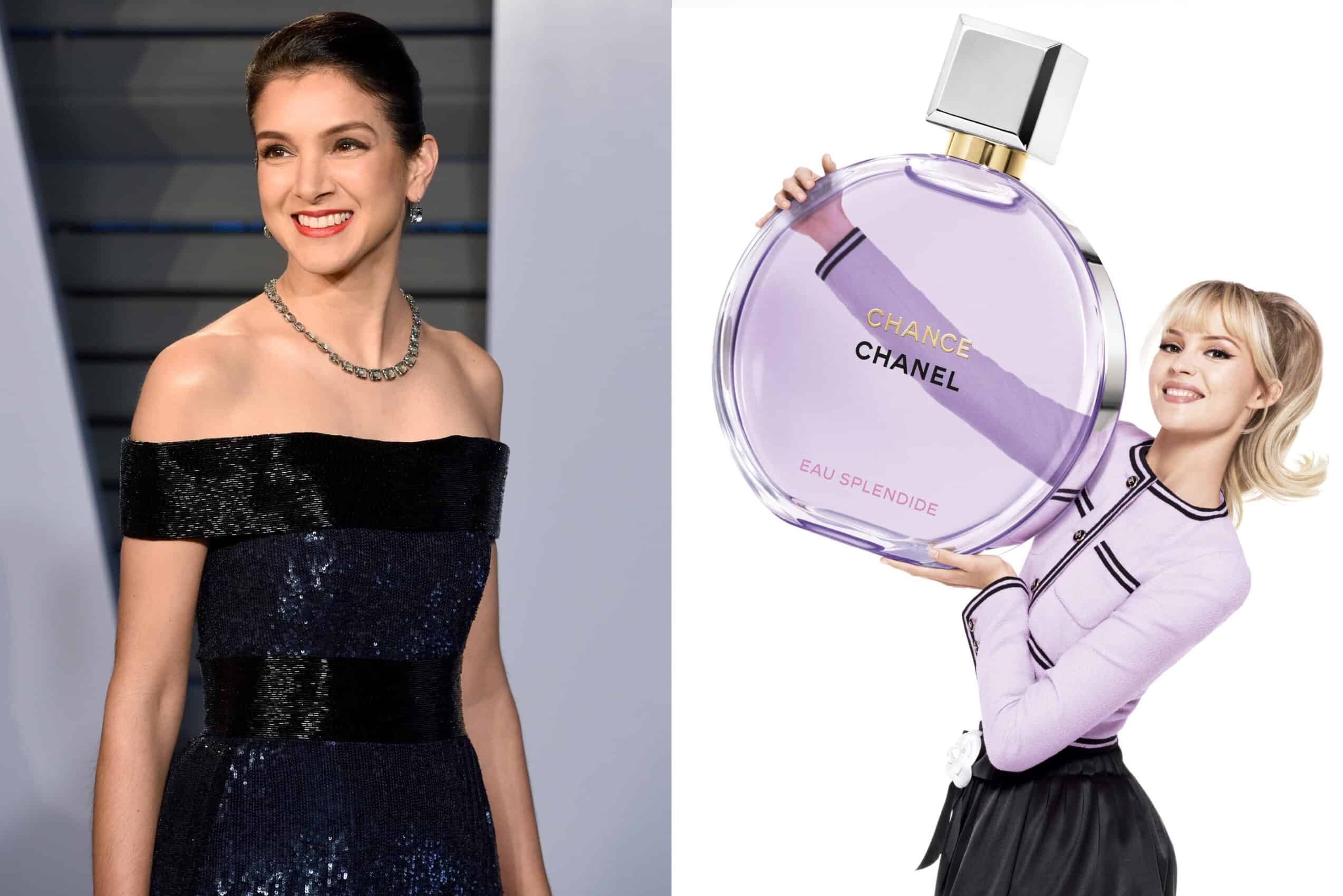What does Kabou’s story have to tell us? What messages are being conveyed? In her film, Diop staunchly does not answer these questions. Instead, “Saint Omer” just presents the questions, although there is nothing “just” about this approach. In presenting the questions, and in presenting the swirls of empathetic identification between Rama (Kayije Kagame), attending the trial, and Laurence (Guslagie Malanga), the accused woman in the dock, Diop allows the film to resonate with anxieties, confusion even, and the undertow of subterranean influence. We don’t always know why something has an impact on us. For an artist, it is enough to know the depths have been stirred. Diop told Variety, “I wanted to recreate my experience of listening to another woman’s story while interrogating myself, facing my own difficult truths. The narrative had to trace a series of emotional states that can lead to catharsis. It’s like accelerated psychotherapy.”
Rama, a novelist and professor, is first seen lecturing on Marguerite Duras (whose influence on “Saint Omer” is felt in its provocative silences, its centralizing of women, and its interest in what goes on in the so-called margins). Rama is an accomplished woman, in a happy relationship, with a baby on the way. She is researching her upcoming book, a modern version of Medea. In Saint-Omer, another narrative is unfolding, one with Medea-like echoes. Perhaps telling herself it’s all for research, but in reality not really knowing why, Rama packs a small suitcase and travels to the town. She sits in the courtroom, watching Laurence walk to the stand, a solitary figure, no family present, no connections to the world around her. Rama’s act of looking is our act of looking. But there are times when Rama’s listening face is our most direct “way in.” Laurence tells her story in a forthright manner, even as the answers express trauma, terror, and ambivalence. The judge (Valérie Dréville) seems interested in getting to the bottom of what the hell happened here but remains baffled at some of Laurence’s answers. The sense of Laurence as “other,” as something outside the “normal” realm of French life, is in the courtroom’s air. Prosecutors interrogate and push, defense attorneys step in. Much of the screenplay was taken from the actual court transcripts of the original trial.
To describe what occurs in “Saint Omer” is, in a way, to deprive it of its electrifying charge. Cinematographer Claire Mathon (who also shot “Portrait of a Lady on Fire“) vacillates between a clear (yet beautiful) style—no stylistic flourishes to detract from Laurence’s testimony and Malanga’s riveting performance—and a more impressionistic style, weaving together dream-space flashbacks, home movie footage, all as Rama’s emotional life disintegrates, alone in her hotel room, bombarded by emotions about the baby in her womb, memories of her own mother, and the experience of being an outsider (even though she was born in France). Kagame’s work in these scenes is poignant and painful. The true crime aspect bleeds into the personal, and the personal is brought back into the courtroom. The two-way flow is the rhythm of “Saint Omer,” making the film the opposite of a sensationalistic portrayal of a real-life crime.
You can view the original article HERE.


